Does your company truly have efficient IT management? If there are still deficiencies in your technology management, the time to change is now!
It’s no secret that Information Technology (IT) plays an increasingly crucial role in modern organizations, as they have a direct impact on business efficiency and performance.
In this reality, to fully leverage the potential of IT, it is of paramount importance to adopt efficient management aligned with the company’s strategic objectives.
To help you better understand the most relevant aspects of IT management, we will explore best practices to optimize IT management and boost your company’s performance!
So, are you not going to want to miss this content?
Then, stay with us and get ready to discover how efficient IT management can be the key to your business’s success.
What is Information Technology Management?
Before we bring you the tips and best practices, it’s important to understand exactly what IT management is all about.
Basically, it consists of a set of activities and practices related to planning, implementation, organization, and control of information technology resources and processes within an organization.
The goal of IT management is to ensure that technological tools are used effectively and efficiently to meet business needs and achieve strategic objectives.
IT managers are responsible for planning, executing, and controlling IT projects, from system development and implementation to infrastructure maintenance and updates.
This type of activity involves resource, timeline, cost, and project risk management.
Furthermore, IT management must ensure the availability and performance of IT services provided to end-users, which includes defining service levels, managing incidents, problems, and necessary changes.
We also cannot forget that IT management includes overseeing information security, protecting the organization’s information assets from internal and external threats.
Therefore, effective IT management is concerned with implementing security measures such as access control, encryption, monitoring, and user training.
What is the importance of IT management?
IT management plays a crucial role for companies, becoming increasingly important due to the constant advancement of technology and its growing influence on business.
It aligns business technologies with strategic objectives, identifying how IT drives success and operational efficiency.
On a daily basis, IT plays a critical role in supporting operations, and efficient IT management ensures that IT systems and services are available, reliable, and secure.
It’s important to emphasize that IT management is responsible for providing relevant information and analysis to support strategic and operational decision-making.
In other words, it helps collect, analyze, and interpret data to provide insights that can be used to identify business opportunities, anticipate trends, and make informed decisions.
What does an IT manager do?
The Information Technology Manager, also known as the IT Manager or CIO (Chief Information Officer), is the professional responsible for leading and managing the information technology department of a company.
This employee has a range of responsibilities within the company, with the primary focus of aligning IT strategy with the overall organization’s strategy.
In other words, this involves understanding the business needs and goals and identifying how technology can be used to drive the company’s success.
The IT Manager is also responsible for overseeing and managing the execution of IT projects from the planning stage to daily progress monitoring.
Leading teams of IT professionals, providing guidance and support in their skill development, and defining roles and responsibilities within the team are also part of this employee’s attributes.
Technologies That Enhance IT Efficiency
Here are some examples of technologies that are essential and highly important for your company to have effective IT management.
Cloud Computing
Cloud computing is a methodology that allows remote access, storage, and data processing, as well as application usage via the internet. This technology provides flexibility, scalability, and cost savings by eliminating local infrastructure and enabling on-demand resources for your company.
RPA (Robotic Process Automation)
With RPAs, companies use software robots to simulate human interactions with existing computer systems. These technologies interact with users, manipulate data, and perform actions across various systems and applications. RPA automates tasks, from filling out forms to generating complex reports with charts and statistics.
Artificial Intelligence (AI) and Machine Learning
AI and Machine Learning employ algorithms and techniques for systems to learn, reason, recognize patterns, and make data-driven decisions in business processes. Combining these technologies allows software robots to be more intelligent, adaptable, and capable of handling exceptional cases. This enables intelligent automation, where software robots can tackle complex tasks and make decisions based on data and rules.
Business Intelligence (BI)
BI allows your company to extract insights and valuable information from collected data. This technology aids in strategic decision-making by identifying trends, issues, and potential improvement opportunities.
DevOps
DevOps is a highly relevant approach in IT management, as it combines software development (Dev) and IT operations (Ops). This approach enables process automation, increasing the efficiency and quality of IT activities.
Best Practices in IT Governance
If you want to improve your company’s IT governance for efficient management, it’s essential to change certain practices that may be leading you astray. To help you realign, here are some valuable tips:
Establish an IT Governance Committee
One of the biggest mistakes companies make when dealing with various technologies is not having an IT governance committee. This committee should include representatives from various areas responsible for strategic IT decisions and business priorities.
Define IT Policies and Procedures
To achieve good governance, it’s essential to develop clear policies and procedures for technology use within the company. This includes information security policies and procedures for acquiring, implementing, and maintaining systems.
Manage Risks and Projects
Effective governance requires robust control over risks and projects. It’s crucial to identify and assess IT-related risks and implement measures to mitigate them. This involves implementing information security controls, business continuity plans, and incident management processes.
Additionally, you should have a structured approach to managing IT projects, with a clear definition of scope, objectives, timelines, and resources.
How to Optimize IT Management to Boost Your Company’s Performance
Now, let’s explore some valuable tips to improve IT governance and enhance your company’s performance:
Align IT Management with Business Strategy
Ensure that your IT strategy is aligned with your company’s goals and objectives, continuously assessing how technology can work to advance those goals.
Clearly Define Team Responsibilities
It’s crucial to clearly establish the roles and responsibilities of your IT team. This helps prevent confusion, ensuring everyone understands their duties and how to contribute to the success of your management.
Make the Right Technology Investments
Your company should create a strategic IT plan that considers the necessary technology investments to support its goals and objectives. Prioritize investments that will provide real returns to allocate resources efficiently.
Implement Effective Project Management
For efficient IT management, leave nothing to chance. Define deadlines, objectives, resources, and clear responsibilities for each project. Consider using project management methodologies such as PMBOK or SCRUM to assist in this process.
Prioritize Information Security
Implement adequate information security measures to protect the company’s assets and data against threats. This includes adopting security policies, user training, and access controls.
Monitor Performance Metrics
Lastly, establish performance metrics and key performance indicators (KPIs) to regularly monitor the effectiveness and impact of IT projects and initiatives. Regularly track these metrics to identify areas for improvement and take corrective actions when necessary.
Interesting, isn’t it? If you need support in developing technologies to assist in efficient IT management for your business, you can rely on Monitora’s global solutions, a Marlabs company!
To access more services, you can speak with an expert right now through our WhatsApp by clicking here.
Did you enjoy this content? Find more super interesting articles on our blog!



